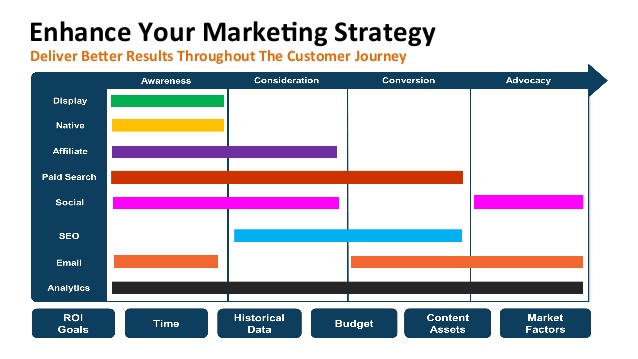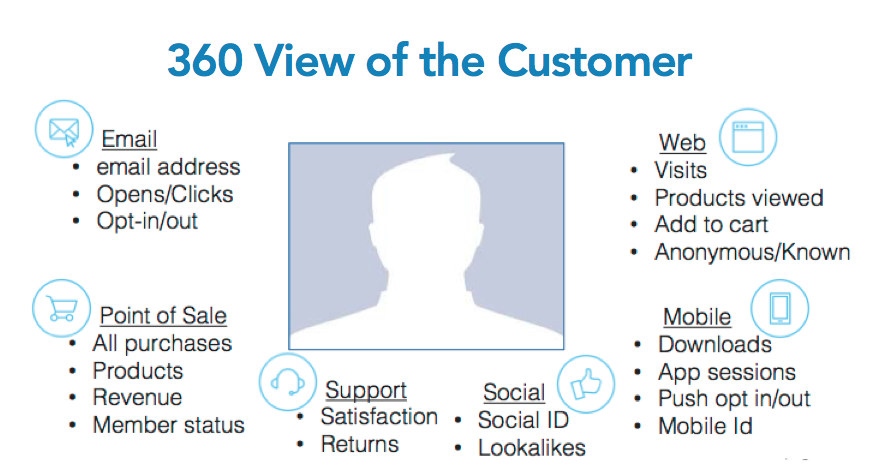
Why is customer experience important?
Nowadays, almost every company is working towards turning their products into compelling customer experiences. In order to do this, you need to learn how to decipher the digital footprints your customers leave behind, the same way employees are trained to ask the right questions and to read body language. Why? Because the manner customers interact with brands has been greatly influenced by the evolution of the online environment. Therefore, in order to provide a flawless and intuitive experience, each interaction a customer has with your brand must be anticipated.
A customer experience is how a customer perceives the whole process at both conscious and subconscious levels and it’s a mixture of rational performance, consumer attraction, awareness, evoked emotions, discovery, purchase and use of a specific service. By improving said process, you’ll be able to add more value, reduce cost and even build competitive advantage to your organization.
Improving Customer Experience
Digital marketing is a powerful tool in CRO. As previously stated here, 67% of customer journey is now digital, which means that digital marketing is the key to transforming a product into worthwhile customer experience.
Mobile is becoming your customer’s first interaction with your brand and it is rapidly turning into their preferred medium for communication and consumption. According to this, 73% of mobile searches trigger some kind of action, so trying to create a seamless customer experience without a mobile-optimization mindset may be a counterproductive approach.
Paradoxically, even if presently we’re more social and connected than we’ve ever been before, it is also becoming harder and harder to connect with customers at an emotional level. The key is in developing a powerful digital strategy and effortlessly integrating online channels with existing channels, so that there is no distinction between in-shop or online experience.
First, you should ask yourself these three questions:
- Who are your customers?
- What is driving your customers?
- How can you stand out from your competitors by responding to your customers’ needs?
Let us help you with the answers:
1.Customers enjoy feeling like they are understood
Although some aspects of it may seem invasive and even pushy, personalization is actually something customers appreciate. We’ve previously talked about conversion rates strategies, personalization of the customer shopping pattern being one of them. Creating comprehensive data maps by combining internal and external sources of data on customer demographics, economic, product holdings, behaviour across all devices and channels will result in a compelling and tailored customer experience.
Amazon has been doing it for years. Research shows that 60% of the customers like to feel like you really know them ( 2013 SAS survey of 1,260 US respondents)
2. You need to predict what a customer is going to feel like
Emotions are the basis of the majority of our decisions, whether we like it or not. Undertaking emotionally-based customer research will help you define a pattern in your customer’s browsing behavior and emotional state, determining the reasons that led them to your website and their emotional state in those particular moments. Emolytics does exactly that, through a plugin you can display on your website, designed to determine the mood of your visitors. After taking into consideration a multitude of factors, it will provide you with an in-depth analysis of your customers and, consequently, will help you improve the overall experience, making it simple, yet intuitive.
3. Create a positive consumer experience at the point of sale and post sale
Granted, staying at the top is difficult and it requires maximum use of resources and skills. That’s why a customer-centric approach can add value to your business and can enable differentiation from competitors who do not offer a similar experience.
What can truly differentiate you from your competitors is how you choose to approach the customer experience. By providing a 360 degree view of your customers’ behavior across all channels, devices, brands and product categories, thus segmenting customers in a way that will drive value to your business, you will be able to create a tailored experience like no other brand.
Case Studies
Hallmark: By understanding that the majority of the customer feedback was coming through social channels, they learned that they had to change their traditional 1-800 type of customer service and so they turned their social media channels into customer support channels.
Conclusion: they addressed the issue and adapted accordingly by understanding the power of social media.
UPS: From the very beginning, UPS has spent a lot of time and resources on making sure that they were delivering the experience their customers expected. UPS was more of a B2B environment. After this, UPS realised that every customer is unique and that led to the creation of UPS My Choice, which gives the residential consumer the possibility to choose where and when their packages will be delivered. The number of UPS customers has increased, with more than 3 million new customers enrolled in this service.
Conclusion: they perfected an already valid and functioning system by adjusting their target and personalizing deliveries according to customers’ preferences.
Conclusion
Designing and implementing tailored digital marketing strategies is the fastest way to reshape the customer experience. An improved customer journey implies more customers reached and more sales achieved.
Tell us how you you are using digital marketing to perfect your customer experience, we’d love to hear about your experiences in the comments section below.




